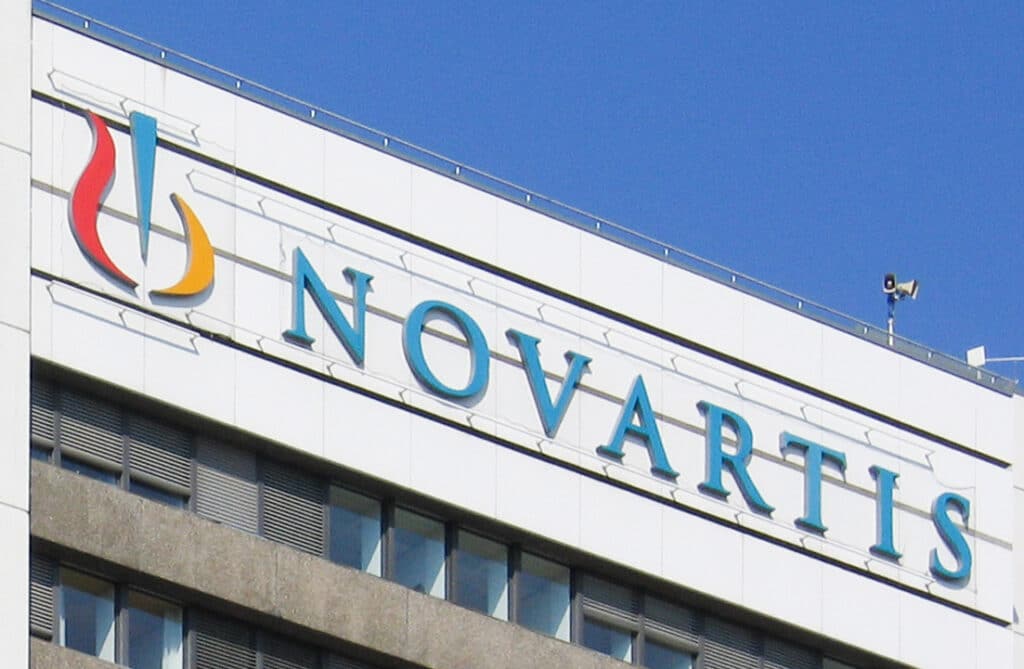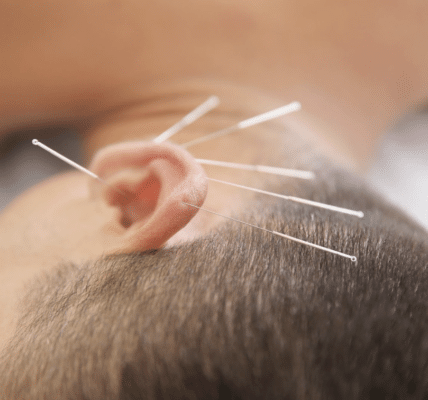Mavoglurant Effective Against Cocaine Addiction in Phase 2 Trial

A large international team of researchers under the direction of Dr. Baltazar Gomez-Mancilla, Managing Director of the Novartis Biomedical Research in Basel, Switzerland, built on research with rats to conducted a randomized, placebo-controlled phase 2 clinical trial of mavoglurant, a glutamate antagonist, in the treatment of cocaine use disorder (CUD) in humans.
The trial involved 68 patients with CUD who also used alcohol. They received twice daily oral doses of mavoglurant for 98 days. The results show the drug is effective at reducing cravings for, and consumption of, both cocaine and alcohol.
Mavoglurant specifically targets metabotropic glutamate receptor 5 (mGluR5), a glutamate receptor in the brain that is involved in reward processing and implicated in addiction. A study published in the journal Psychopharmacology last June, and co-authored by frequent AddictionNews sources Dr. Nora D. Volkow, director of the National Institute on Drug Abuse (NIDA), and Dr. George F. Koob, director of the National Institute on Alcohol Abuse and Alcoholism (NIAAA), showed that mavoglurant reduced cocaine self-administration in mice.
In the Novartis study on humans, urine analysis and hair analysis were used, in addition to self-reporting, to assess cocaine and alcohol uptake. Mavoglurant reduced cocaine and alcohol use among all participants. Nearly 80% completed the three-month trial. Side effects included headache, dizziness, and nausea. The end results are impressive:
More than 27% of those taking mavoglurant reported no cocaine use and tested negative for the drug in the final three weeks of the study. The same was true for around 8% of those in the placebo group… 31% stopped drinking entirely in the study’s last three weeks compared with about 11% of the placebo group.
In an article covering the Novartis study, NewScientist health reporter Grace Wade puts the discovery into perspective: There are no medications approved by the Food and Drug Administration (FDA) for cocaine or methamphetamine used disorder (MUD). These drugs account for nearly half the overdose deaths in the United States.
Wade suggests that mavoglurant is able to restore the brain’s sensitivity to dopamine. It is unusual to have a drug that works for both stimulants, such as cocaine, and depressants, such as alcohol.
As far as I can tell, GLP-1 drugs have not yet shown an effectiveness against CUD or MUD. If these numbers hold up, mavoglurant could be the first drug approved for CUD and MUD, and might generate better outcomes for AUD than the drugs currently being prescribed.
Written by Steve O’Keefe. First published April 14, 2025.
Sources:
“Mavoglurant reduces cocaine use in patients with cocaine use disorder in a phase 2 clinical trial,” Science Translational Medicine, April 2, 2025.
“The mGlu5 receptor negative allosteric modulator mavoglurant reduces escalated cocaine self-administration in male and female rats,” Psychopharmacology, June 13, 2024.
“Experimental medication helps treat cocaine addiction,” NewScientist, April 7, 2025.
Image courtesy of WikiMedia Commons.




